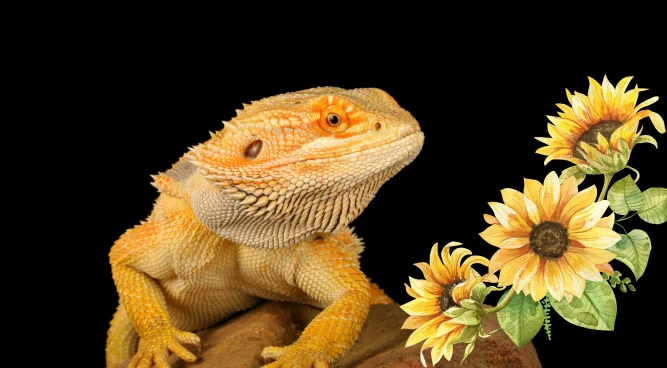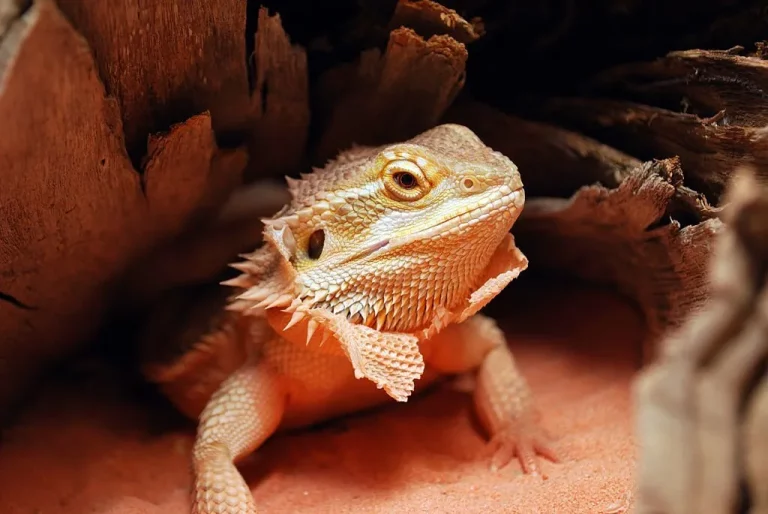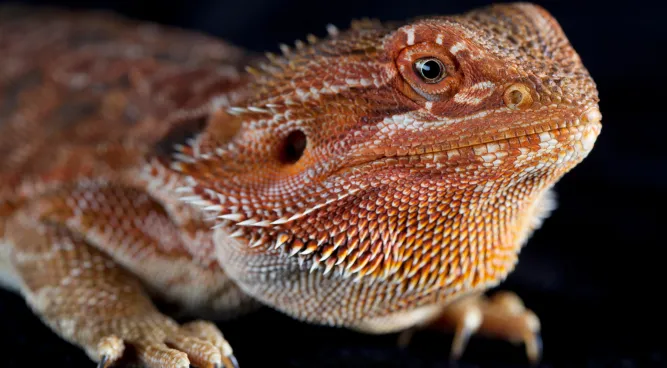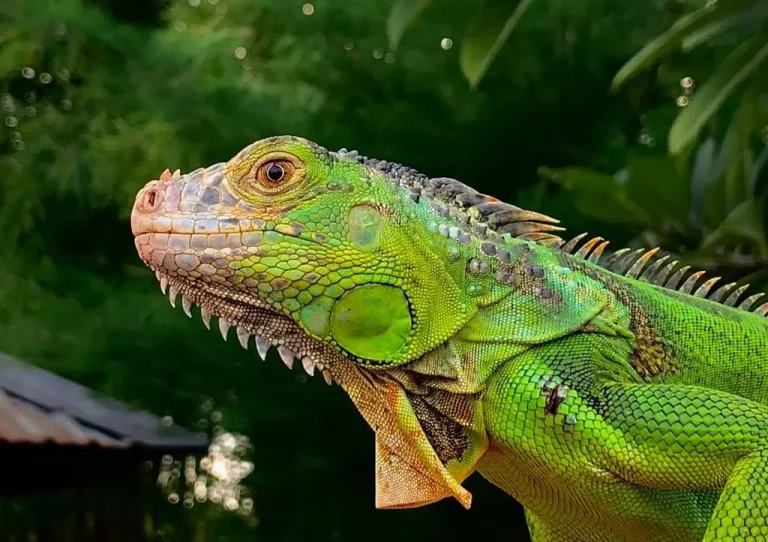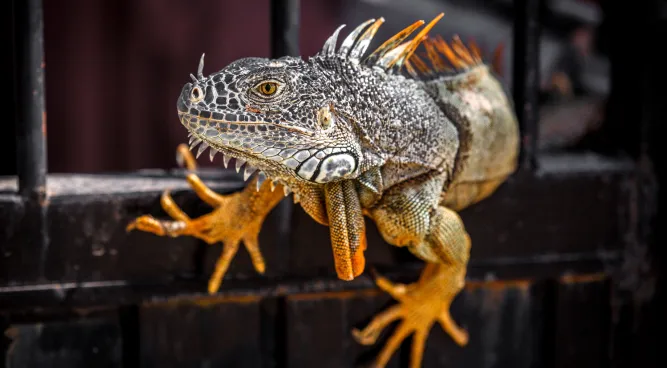Zero Bearded Dragon: Info, (pictures), Facts, Diet & Care Guide

Table of Contents
The Zero bearded dragon is a relatively new morph of bearded dragon that has gained popularity among reptile enthusiasts. This unique morph lacks any yellow or orange pigment, giving it a ghostly white appearance. In this care guide, we will cover everything you need to know about the origins, physical traits, habitat setup, diet, health, and more for Zero bearded dragons.
Overview of Zero Bearded Dragons
The Zero bearded dragon originated as a selective breeding project to produce bearded dragons lacking yellow pigmentation. They are genetic mutations produced from breeding leatherback and hypomelanistic lines of bearded dragons.
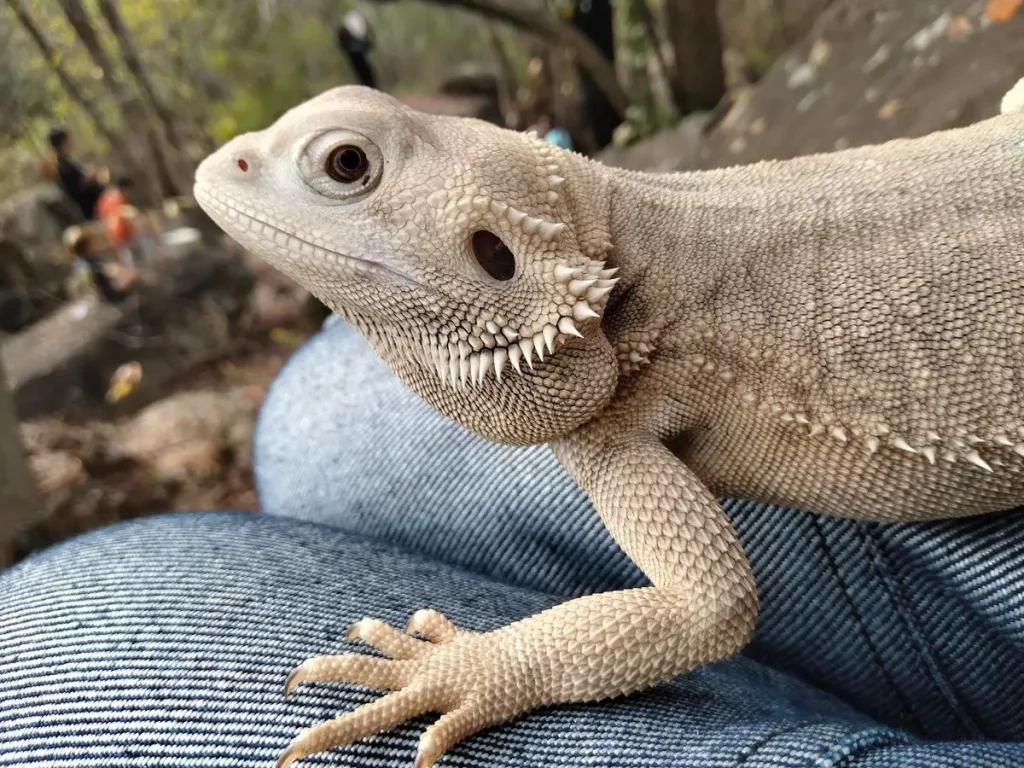
Quick Facts about Zero Bearded Dragons
| Characteristic | Zero Bearded Dragon |
|---|---|
| Scientific name | Pogona vitticeps |
| Morph | Zero |
| Size | 18-24 inches long |
| Lifespan | 8-15 years |
| Diet | Omnivore, eats insects, vegetables, and fruits |
| Habitat | Dry, arid regions of Australia |
| Temperament | Generally docile and easy to handle |
| Unique features | Zero bearded dragons are completely lacking in melanin, which gives them their unique white or cream coloration. They also have blue eyes. |
Physical Appearance
Zero bearded dragons have a pale white or gray body with little to no yellow or orange coloring. They may have very light lavender or purple hues. Their eyes are black and their scales are smooth. They are medium-sized lizards reaching 18-24 inches when fully grown.
Behavior and Temperament
Despite their unique appearance, Zero bearded dragons have the same calm, mild-mannered temperament as other bearded dragons morph. They are docile lizards that rarely show aggression when handled properly. Zeroes enjoy interacting with their owners.
Habitat and Tank Setup
Creating the proper environment is key to keeping a bearded dragon healthy.
Size Requirements
An adult Zero Dragon will need a minimum tank size of 40 gallons. Juveniles can start in a 20-gallon tank.
| Size | Minimum tank size | Ideal tank size |
|---|---|---|
| Baby (under 6 inches) | 20 gallons | 40 gallons |
| Juvenile (6-12 inches) | 40 gallons | 55 gallons |
| Adult (over 12 inches) | 55 gallons | 75 gallons |
| Large adult (over 20 inches) | 75 gallons | 120 gallons |
Substrate
Sand or loose particle substrates are not recommended as they can cause impaction. Best options include paper towels, reptile carpets, or tile.
Decor and Accessories
Zero dragons require basking areas, hiding spots, and climbing platforms. Provide branches, hammocks, rocks, logs, and artificial foliage.
Heating and Lighting
Maintain a basking spot temperature of 95-100°F and an ambient temperature of 80-90°F. Provide UVB lighting 12-14 hours per day.
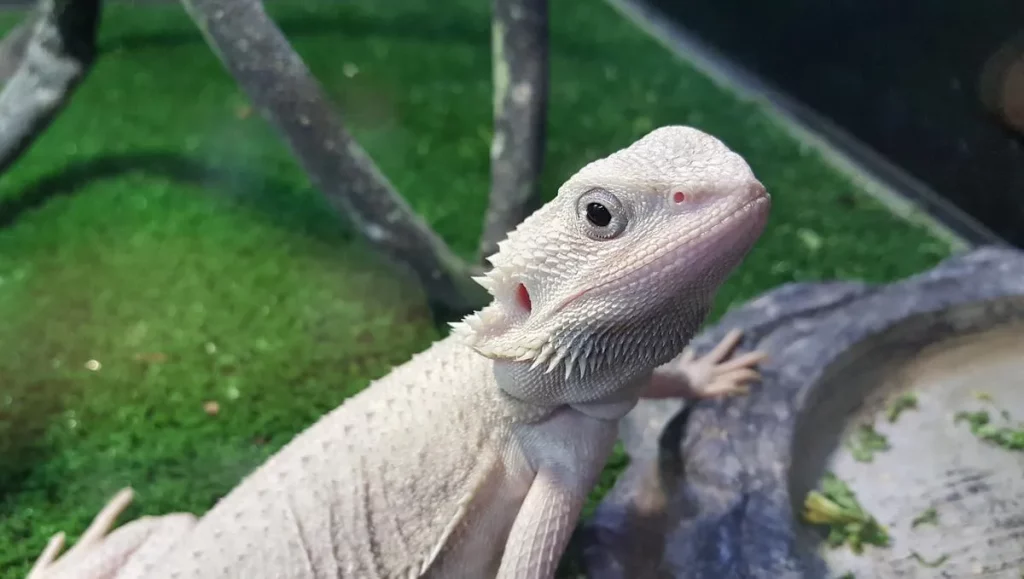
Diet and Feeding
Zero dragons are omnivores that require a varied diet.
Diet Summary
| Food type | Percent of diet | Examples |
|---|---|---|
| Insects | 20% | Dubia roaches, crickets, mealworms, superworms |
| Vegetables | 80% | Collard greens, mustard greens, turnip greens, kale, dandelion greens, sweet potato, butternut squash, zucchini |
| Fruits | Occasional treat | Mango, papaya, melon, berries |
Insects and Protein
Feed gut-loaded insects like crickets, mealworms, waxworms, and occasional treats like hornworms. Juveniles need 50% protein, decreasing to 20% protein for adults.
Vegetables and Fruits
Provide a salad of leafy greens and veggies with fruits 1-2 times per week. Good options are kale, carrots, bell peppers, butternut squash, blueberries, and bananas.
Supplements
Dust insects with calcium powder 5 days per week and vitamin supplements 1-2 days per week.
Related Post: Citrus Bearded Dragon
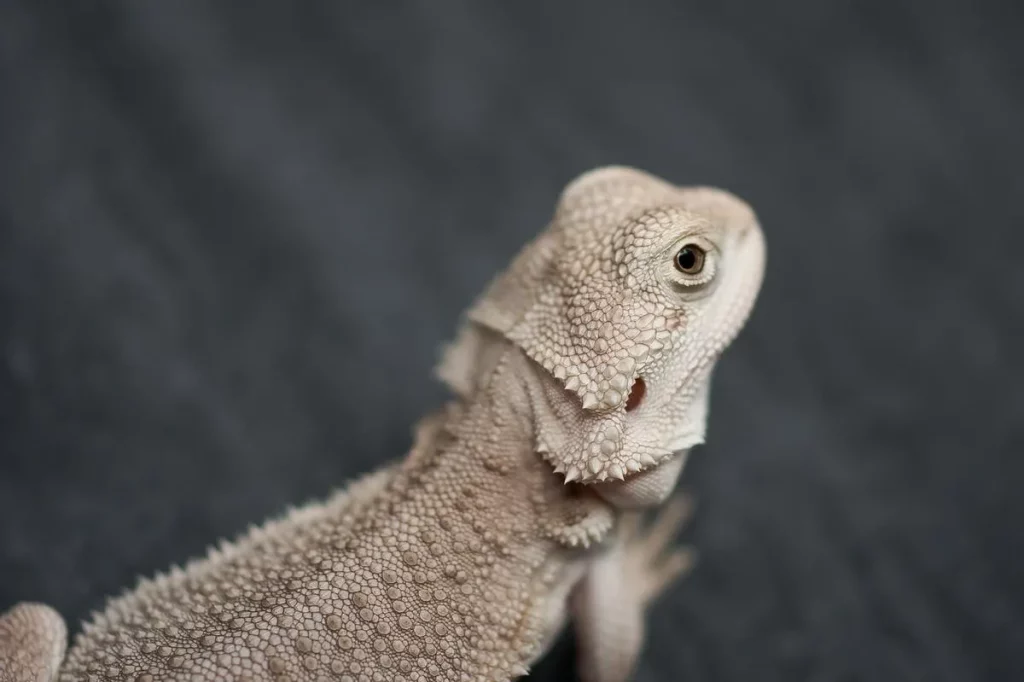
Health and Common Issues
Zero dragons are prone to the same health issues as other morphs. Monitor them closely for signs of illness.
Common health issue
| Common health issue | Symptoms | Causes | Treatment |
|---|---|---|---|
| Metabolic bone disease (MBD) | Swollen joints, deformed bones, lethargy, weakness, loss of appetite | Lack of calcium and vitamin D3 | Provide UVB lighting and a calcium powder supplement |
| Mouth rot | Swollen gums, red and inflamed mouth, difficulty eating | Bacteria | Clean the mouth with a saline solution and apply a topical antibiotic |
| Parasites | Weight loss, diarrhea, lethargy | Intestinal parasites | Deworm your bearded dragon with a medication prescribed by your veterinarian |
| Respiratory infection | Sneezing, wheezing, nasal discharge, lethargy | Bacteria or viruses | Antibiotics or antiviral medications prescribed by your veterinarian |
| Impaction | Lethargy, loss of appetite, constipation | Ingesting too much substrate or other non-digestible material | Take your bearded dragon to the veterinarian to have the impaction removed |
Signs of Health
Healthy dragons are active, and alert, and have clear eyes, full muscles, and smooth skin.
Health Problems
Common issues are metabolic bone disease, parasites, respiratory infections, and yellow fungus disease. Seek vet care if issues arise.
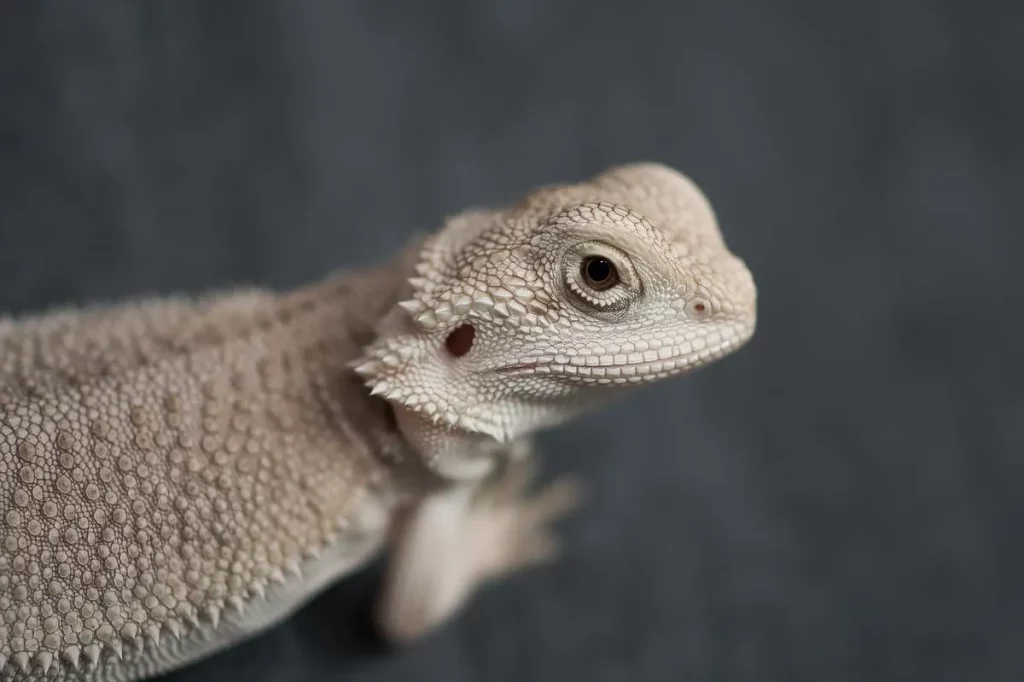
Handling and Taming Your Bearded Dragon
With routine handling, most Zero bearded dragons will become quite docile and enjoy human interaction. Move slowly and support their full body when picking them up.
Breeding Zero Bearded Dragons
Breeding Zero bearded dragons takes careful selection, as they carry recessive traits. Work with an experienced breeder if attempting to breed zeroes yourself.
Care Guide Summary
| Category | Pros | Cons |
|---|---|---|
| Temperament | Generally docile and easy to handle | Can be territorial and aggressive towards other bearded dragons |
| Lifespan | Live for 8-15 years in captivity | Require a long-term commitment |
| Diet | Omnivorous diet that is easy to find | Can be expensive to feed |
| Care | Relatively low-maintenance | Require a large enclosure and specialized equipment |

Final Thought
The Zero bearded dragon is a stunning morph gaining popularity for its lack of yellow pigmentation. With the proper habitat, nutrition, and handling, a Zero bearded dragon can make an exceptional pet reptile. Provide the care outlined here and your zero will thrive.
FAQs
What size tank does a Zero bearded dragon need?
An adult Zero bearded dragon requires at least a 40-gallon tank.
How often should you feed a Zero bearded dragon?
juveniles need several feedings per day and adults need 1-2 feedings per day. Offer fresh vegetables daily.
Do Zero bearded dragons change color?
No, the lack of yellow pigment is fixed. However, they may darken slightly with age.
Do Zero bearded dragons need UV lighting?
Yes, Zeroes need 12-14 hours per day of UVB lighting for proper calcium metabolism.
Can Zero bearded dragons live with other dragons?
Zeroes can live together with proper introductions, space, and monitoring. Never house multiple males together.

